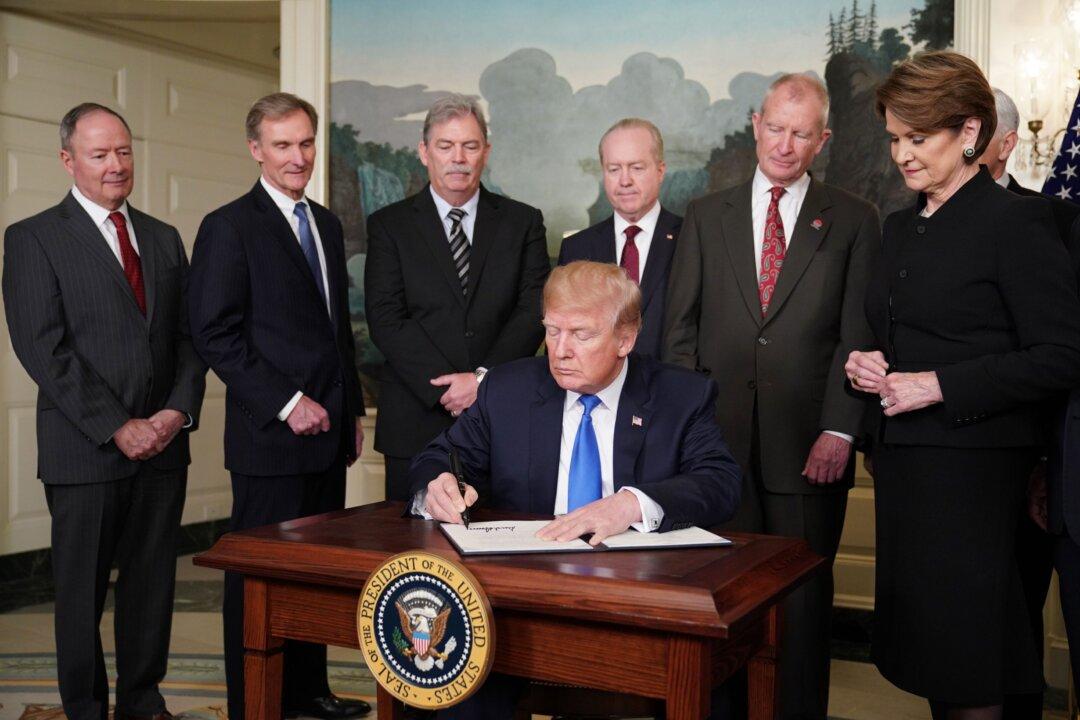WASHINGTON/BEIJING—President Donald Trump said on May 23 U.S. complaints against Huawei Technologies might be resolved within the framework of a U.S.-China trade deal, while at the same time calling the Chinese telecommunications giant “very dangerous.”
Washington last week effectively banned U.S. firms from doing business with Huawei, the world’s largest telecoms network gear maker, citing national security concerns.





